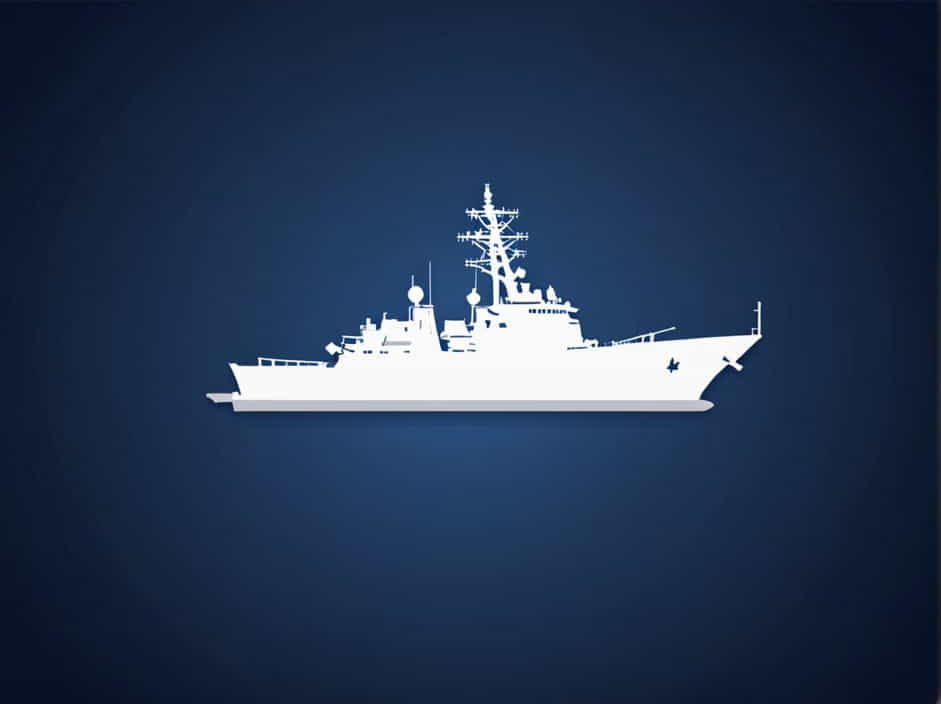The modernization of Navy cruisers has been a topic of significant debate and concern. The Government Accountability Office (GAO) report provides a detailed assessment of the challenges, delays, and cost overruns affecting the Navy’s efforts to modernize its aging fleet of Ticonderoga-class guided-missile cruisers.
This topic explores the key findings of the Navy Cruiser Modernization GAO Report, the issues impacting the program, and the future of these warships in the U.S. Navy.
Background on Navy Cruiser Modernization
The Ticonderoga-class cruisers have been a critical part of the U.S. Navy’s surface combat fleet since the 1980s. These ships are designed for air defense, anti-submarine warfare, and missile strike capabilities. However, as these vessels age, they require modernization and upgrades to remain operational in modern naval warfare.
The Navy’s cruiser modernization program aims to:
- Extend the service life of these ships.
- Upgrade weapons, sensors, and radar systems.
- Improve hull, mechanical, and electrical (HM&E) systems.
Despite these efforts, the GAO report highlights multiple setbacks, including delays, budget overruns, and technical difficulties.
Key Findings from the GAO Report
1. Significant Delays in Cruiser Modernization
The GAO report found that the Navy’s modernization efforts have experienced major schedule delays. Initially, the Navy planned to modernize 11 Ticonderoga-class cruisers, but projected completion dates have continued to slip due to:
- Unexpected technical issues with aging ship components.
- Contracting and workforce shortages, affecting shipyard productivity.
- Budget constraints that limit funding for necessary upgrades.
2. Cost Overruns and Budget Challenges
The cost of the modernization program has exceeded initial projections. The GAO report indicates that:
- Rising material costs and labor shortages have increased overall expenses.
- Unanticipated repairs to aging ship structures have led to additional spending.
- The Navy has repeatedly adjusted cost estimates, leading to uncertainty in long-term budgeting.
3. Maintenance and Readiness Concerns
A major challenge identified in the report is the declining readiness of older cruisers awaiting upgrades. Many ships undergoing modernization:
- Remain in dry dock for extended periods, reducing fleet availability.
- Experience mechanical failures due to outdated systems.
- Require constant maintenance, further straining Navy resources.
4. Debate Over Decommissioning vs. Modernization
The GAO report highlights ongoing debates within the Department of Defense (DoD) and Congress regarding whether to:
- Continue investing in cruiser modernization, despite cost and delay concerns.
- Accelerate the retirement of aging cruisers to free up resources for newer ships, such as the Constellation-class frigates or next-generation destroyers.
Many lawmakers argue that retiring cruisers too soon could create gaps in naval capabilities, particularly in missile defense and command-and-control functions.
Key Modernization Upgrades
Despite these challenges, the Navy’s modernization efforts focus on several critical upgrades to enhance the capabilities of Ticonderoga-class cruisers:
1. Aegis Combat System Enhancements
The Aegis Combat System is central to Navy cruisers’ air defense capabilities. Upgrades include:
- Improved radar technology to enhance tracking and targeting.
- Upgraded missile systems for better engagement of enemy threats.
- Enhanced cybersecurity features to protect against electronic warfare.
2. Weapons and Missile Systems Improvements
The modernization program includes:
- Upgraded Vertical Launch Systems (VLS) for newer missile types, such as the Standard Missile-6 (SM-6) and Tomahawk Block V.
- Improved close-in weapon systems (CIWS) for defense against missiles and drones.
- Enhanced electronic warfare (EW) suites to counter enemy radar and missiles.
3. Structural and Mechanical Upgrades
Aging ship structures require reinforcement to handle new weapons and technologies. Upgrades include:
- Strengthening hull integrity to extend service life.
- Modernized power and propulsion systems to improve efficiency.
- Enhanced living quarters and crew facilities for better operational sustainability.
Challenges to Completing Modernization
Despite the Navy’s efforts, the GAO report outlines several obstacles that must be addressed:
1. Shipyard Capacity and Workforce Issues
The limited number of shipyards capable of handling cruiser modernization has created bottlenecks.
- Many shipyards are already overwhelmed with other naval projects, including submarine construction and destroyer maintenance.
- Skilled labor shortages have delayed progress, as experienced workers retire or move to other industries.
2. Budget Uncertainty and Congressional Oversight
The GAO report warns that fluctuating budgets have made long-term planning difficult.
- Congressional debates over defense spending priorities impact funding availability.
- Some lawmakers advocate redirecting funds to newer ship programs rather than modernizing aging cruisers.
3. Evolving Threats and Strategic Needs
The changing landscape of naval warfare raises questions about whether modernized cruisers can meet future combat demands.
- Adversaries like China and Russia are developing advanced anti-ship weapons.
- Unmanned systems and artificial intelligence (AI) are reshaping modern naval tactics.
- Some analysts argue that newer ship designs may be better suited for future conflicts.
What’s Next for Navy Cruiser Modernization?
1. Continued Investment in Modernization
Despite challenges, the Navy is expected to continue upgrades on select cruisers to maintain fleet strength.
- Prioritizing ships closer to completion may ensure faster return to active duty.
- Future modifications could integrate hypersonic weapons and directed energy systems.
2. Gradual Decommissioning of Older Cruisers
The Navy may choose to retire some cruisers earlier than planned to allocate funds elsewhere.
- This approach would free up shipyard capacity for newer vessels.
- Retiring older ships could shift focus toward next-generation warship development.
3. Integration with Emerging Naval Technologies
To maximize effectiveness, modernized cruisers may receive:
- Advanced sensor networks for improved fleet coordination.
- Artificial intelligence-driven combat systems for enhanced situational awareness.
- Unmanned aerial and surface vehicles to extend operational reach.
The GAO report on Navy cruiser modernization provides a clear picture of the challenges, costs, and strategic considerations involved in upgrading the Ticonderoga-class fleet. While modernization offers extended service life and enhanced capabilities, delays and budget concerns remain significant obstacles.
The future of Navy cruiser modernization depends on balancing costs, operational readiness, and evolving threats, ensuring that the U.S. Navy remains prepared for the challenges of modern naval warfare.
